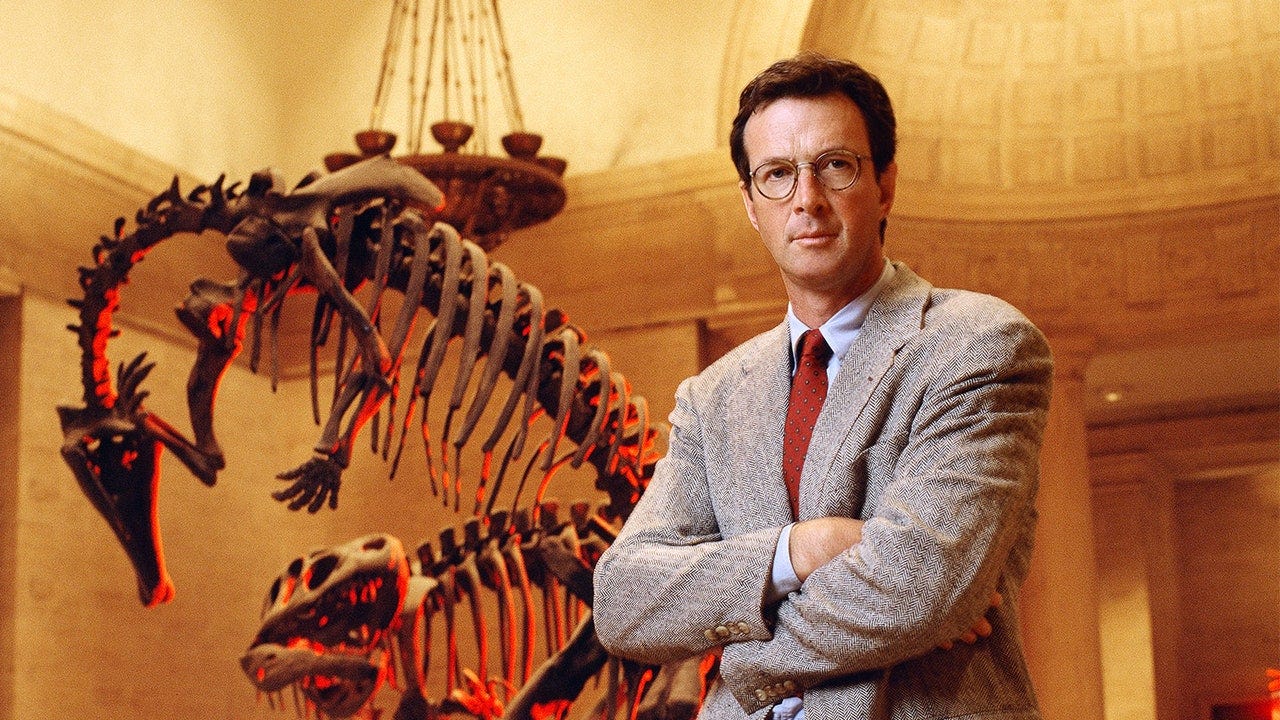A question has been bouncing around my mind for the last several weeks.
“What if my favorite author had a Substack?”
Substack is the online platform I use to send out this digital newsletter.
But it’s more than just email.
Substack is an online platform that allows writers to build communities for their readers.
I’m able to archive all my work online and create a “digital library” that readers can explore.
You can see all of my posts organized in one place, and it’s really worth taking a look.
I have 150+ posts available to explore now:
Substack seems to be the future for writers looking to grow a readership.
Heavy hitters like Salman Rushdie, Chuck Palahniuk, and James Patterson are already here. That’s in addition to a number of independent writers like myself.
So back to the question:
“What if my favorite author had a Substack?”
I’ve been trying to put myself in the shoes of you, dear reader.
I won’t stretch the truth and say that I’m your favorite author (I’ve only published one book! — which you can read for free here), but you understand the thought exercise.
What kind of content would I want if I was the reader?
My mind jumped to Michael Crichton, author of Jurassic Park and one of my favorite writers. He passed away in 2008 and would have probably been fascinated by Substack’s blend of tech and publishing. Crichton was an expert at taking complicated topics and distilling them down for everyday readers.
After recently reading Jurassic Park, I found myself wanting to know more about Crichton’s intense study of genetics and ecology that allowed him to translate the scientific ideas so clearly.
Then the idea hit me.
“What if Michael Crichton had been able to publish his research on Substack?”
This idea applies to every author, not just Crichton.
It takes a surprising amount of research to write a fictional story.
The research for a particular project can range from trivial to complex.
Everything from the weather patterns for a story’s setting to the intricate details of a weapon.
For NORMIE, my dystopian novel, I researched a number of historical events that served as inspiration for the story.
For most novels, the accumulated research stays with the author.
But if readers enjoy a story, they’re going to be interested in learning more about the related topics studied.
Someone like Dan Brown will spend YEARS researching for a book, just to have that information locked away somewhere on his hard drive or lost in a notebook.
What if authors were able to share what they learned in a readable format?
Because that’s the key: no one wants to read random notes.
There has to be some kind of structure built in.
Introducing: Research Files
Research files will be a new series released through this newsletter.
I’ll be sharing insights from the research process for each novel I write.
These won’t be random notes.
The research files will be curated posts that read like nonfiction articles.
What will they be about?
The various topics related to the storylines for my novels:
Historical events
Figures from history
Locations that inspire my settings
If you’re subscribed to this newsletter and enjoying my fiction, the topics will definitely interest you.
The first research file will hit your inbox tomorrow, 9/26.
Excited to start this new series and really hope you enjoy.
- C.S.M.
Explore my digital library:
Novels:
Amy on the Island (coming soon)
Take a look behind the curtain of my creative process. Every week I share an update.
Want to write your own stories? I’ve put together a collection of helpful writing lessons, as well as summaries of the essential books on writing fiction and deep-dive analyses of best-selling novels.
Expand your physical library:
Pick up a copy of NORMIE, my dystopian novel, on Amazon.








Research Files is an awesome idea!!
Great thought.
This translates to worldbuilding for me - I have pet peeve about too much heavy worldbuilding in the middle of my fiction (there is a good balanced way to do it) but then sometimes I am a bit more curious about how the author came up with a certain aspect of the world.